Belarus is known for its picturesque natural landscapes. It is home to numerous national parks and nature reserves
Travellers will be able to enjoy historical sights such as the World Heritage-listed Mir and Nesvizh castles
Belarus offers a wide range of active entertainment for everyone, from cycling and hiking along nature trails to winter sports
Immerse yourself in the atmosphere of Belarusian culture by visiting local festivals, craft fairs and folk festivals. Belarusian cuisine with its traditional dishes
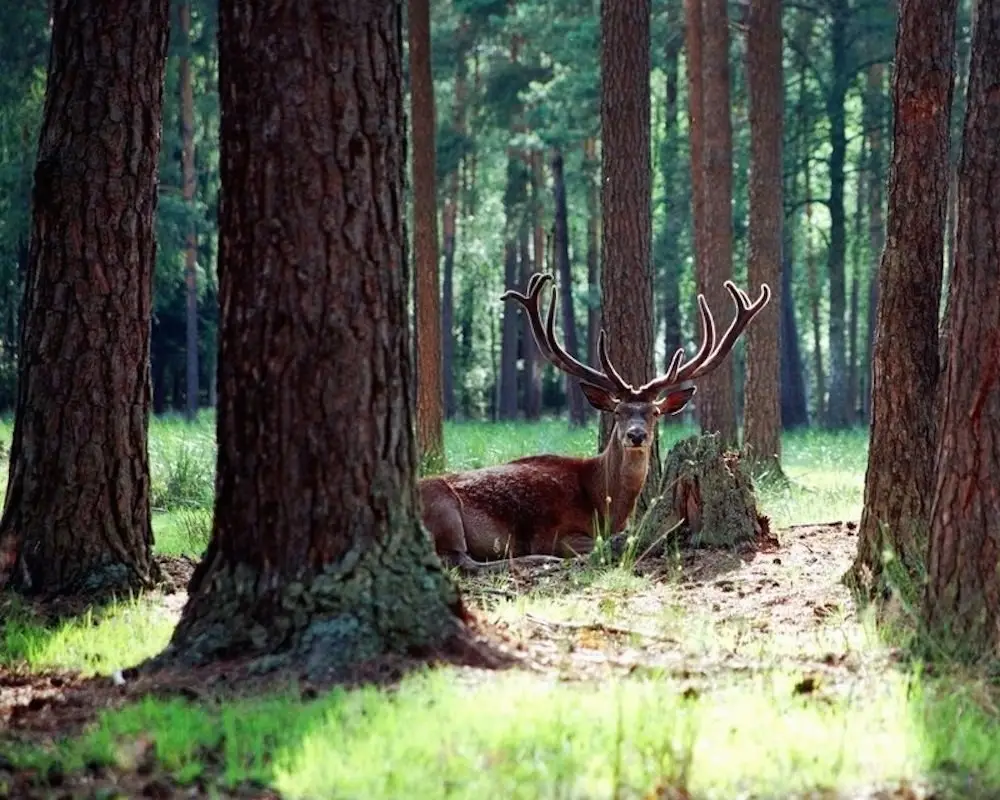
Many people are interested in what is the uniqueness of Belovezhskaya Pushcha. First of all, its incredible authenticity. It is not a recreated landscape, but a living echo of the past – the oldest relic forest in Europe, which has preserved its millennia-old roots and escaped urbanisation. Situated between Belarus and Poland, the forest is …
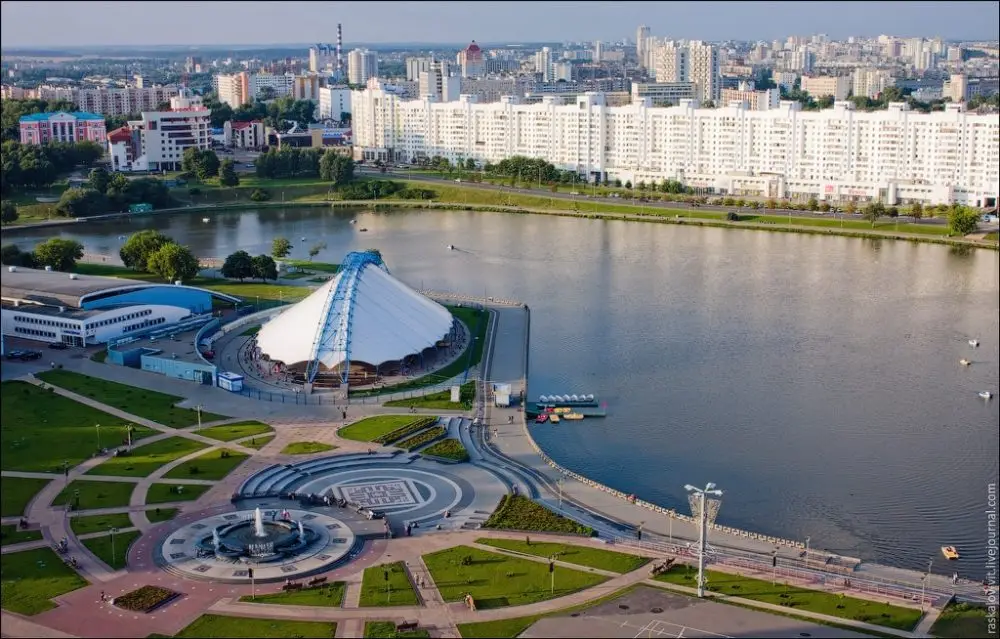
Minsk is a city of contrasts, where Soviet monumentality combines with cosy European streets. A metropolis where modern skyscrapers neighbour centuries-old buildings. The capital of Belarus offers many opportunities for a fascinating pastime. What exactly to do in Minsk for a tourist, if you want to see not only standard routes, but also feel the …
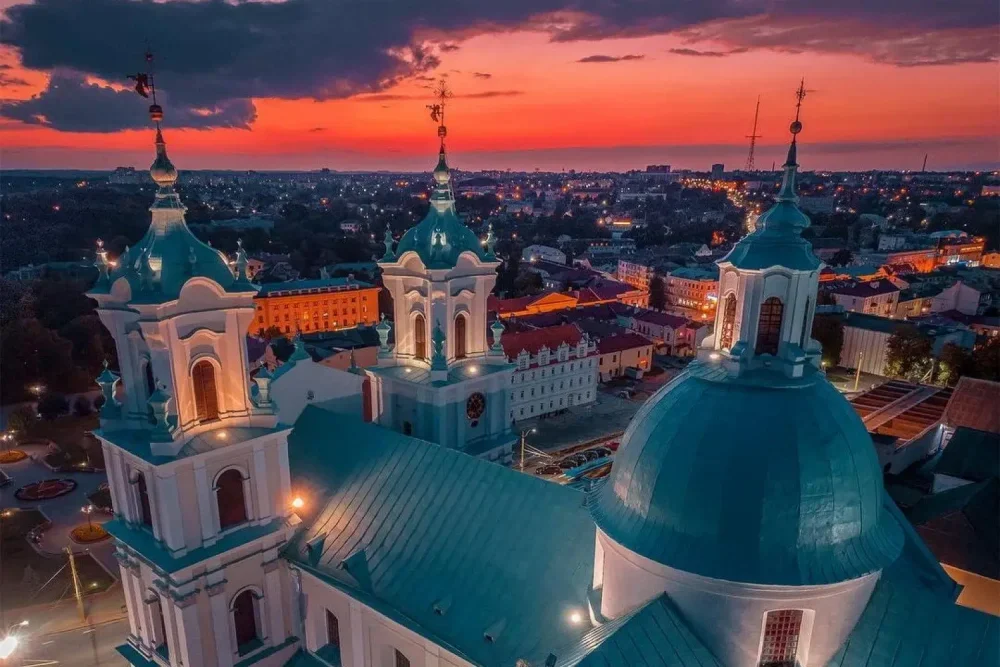
Grodno is a unique city combining rich historical heritage, diverse architecture and stunning natural landscapes. Every corner here preserves traces of the past centuries, intertwining the heritage of the GDL, the Russian Empire, Poland and modern Belarus. Grodno’s sights impress with their scale and atmosphere: majestic castles, ancient churches, cobbled streets and parks drowning in …
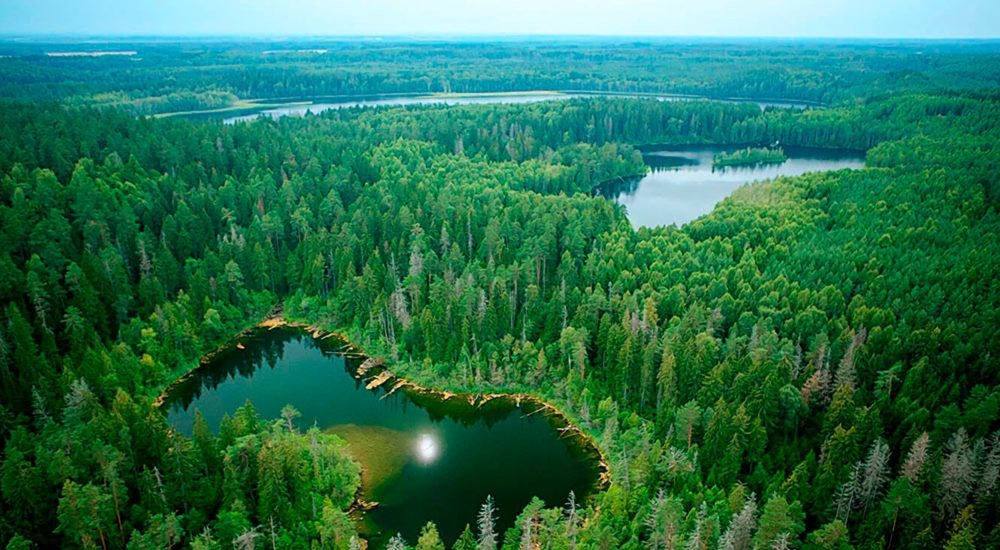
Belarus is a country with amazing nature that has preserved its pristine beauty for centuries. Here you can find dense forests, cleanest lakes, swamps with rare bird species and the very wild corners where human footsteps are rare. National parks and reserves of Belarus are an integral ecosystem where unique representatives of nature and landscapes …
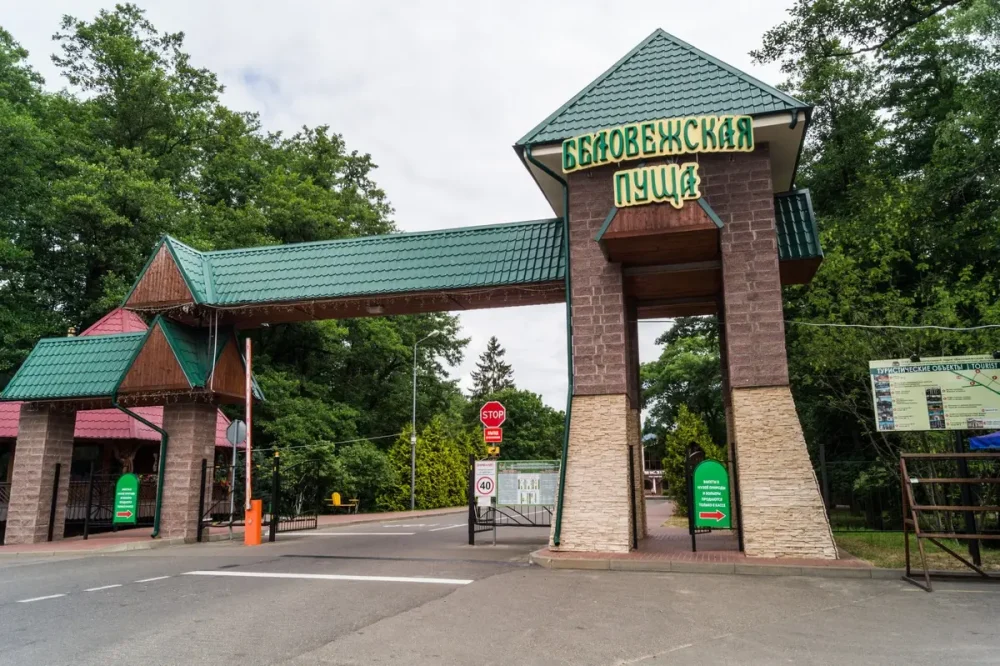
The forest occupies a special place among the natural areas of Europe. The oldest forest area, preserved since ancient times, demonstrates a rare example of an intact ecosystem. The peculiarities of Belovezhskaya Pushcha lie not only in its rich biodiversity, but also in its historical significance: the area has long been recognised as a UNESCO …

The gastronomic map of the Belarusian capital has long gone beyond traditional cuisine. Today the city surprises with author’s concepts, variety of flavours and quality service. The best restaurants in Minsk offer authentic dishes, modern interpretations of classics, cosy atmosphere and convenient location. Every tourist will find here a place that will become a part …
Belarus is famous for its natural areas
Each place in Belarus has its own unique history
A country with a well-developed transport infrastructure
Belarus offers travelling at reasonable prices
Belarus offers a unique combination of nature, history and culture. You can explore picturesque national parks, visit majestic castles and palaces, enjoy the silence of ancient cities and get acquainted with the hospitable atmosphere of the locals. Belarus will give you unforgettable impressions of every corner of its land!
